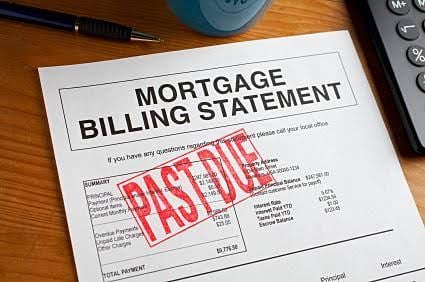Mortgage arrears underlying prime residential mortgage backed securities (RMBS) have increased from 1.14% to 1.15% from the third to fourth quarter last year.
These values are determined through the Standard & Poor’s Performance Index (SPIN), which measures the weighted average arrears of more than 30 days past due on residential loans in publicly and privately rates Australian RMBS transactions.
Analysts at S&P Global Ratings have said this increase is in line with expectations of a cyclical rise towards the end of the year.
While arrears in the fourth quarter were up by 19% year-on-year, levels remain far below the historical peak of 1.69% according to the S&P report, RMBS Performance Watch – Australia.
Reasons for these low levels of arrears include a low interest rate environment, and, for RMBS, seasoned loans with established payment histories, S&P Global Ratings analyst Narelle Coneybeare, told
Australian Broker.
S&P predictions, however, indicate that arrears are likely to rise towards the decade-long average of 1.25% which may put some areas at risk.
“Areas where unemployment is high may be facing increasing pressure. The recent trend has, to date, been Queensland and WA facing the most pressure on arrears performance,” Coneybeare said.
New South Wales (NSW) and Victoria experienced low rates of mortgage arrears – supporting the stable SPIN levels found in the report. Together, these states account for around 55% of total prime RMBS exposures.
While the SPIN in NSW and Victoria helped to offset higher levels of arrears in other states, analysts warned that further interest rate rises could still have negative effects.
“The majority of underlying loans in the portfolio are variable-rate mortgages, and a rise in interest rates is likely to exacerbate debt serviceability pressures, particularly for borrowers with higher loan-to-value (LTV) ratios and limited refinancing prospects,” the report stated.
Breaking down by the states, the levels of 30+ day mortgage arrears, as well as the quarterly and annual changes are as follows:
| |
Q4 2016 |
Q4 2016 |
Change (quarter) |
Change (annual) |
| NSW |
0.86% |
0.86% |
0.00% |
0.01% |
| Qld |
1.49% |
1.45% |
0.04% |
0.30% |
| Vic |
1.08% |
1.05% |
0.03% |
0.09% |
| WA |
2.10% |
2.03% |
0.07% |
0.61% |
| SA |
1.53% |
1.55% |
-0.02% |
0.27% |
| Tas |
1.41% |
1.36% |
0.05% |
0.09% |
| NT |
1.78% |
1.48% |
0.30% |
0.79% |
| ACT |
0.62% |
0.70% |
-0.08% |
-0.07% |
| Aust |
1.15% |
1.14% |
0.01% |
0.19% |
Thirty-day arrears for non-conforming loans also increased from 4.36% to 4.43% from the third to fourth quarter last year, but were down from 4.63% in Q4 2015. The latest figure is also well below the 17.09% peak experienced after the financial crisis.
“The non-conforming arrears trend reflects a few factors, including low interest rates, accompanied by a relatively benign economic environment and stable unemployment conditions,” Coneybeare said.
“We’ve also observed changes in the overall mix of loans/borrower types in the nonconforming space, with more recent vintages having lower exposure to low-doc loans, as an example.”
Related stories:
Increase in delinquencies predicted for 2017
Victorian postcodes experiencing greatest mortgage stress
Third party customers behind greater mortgage risk


